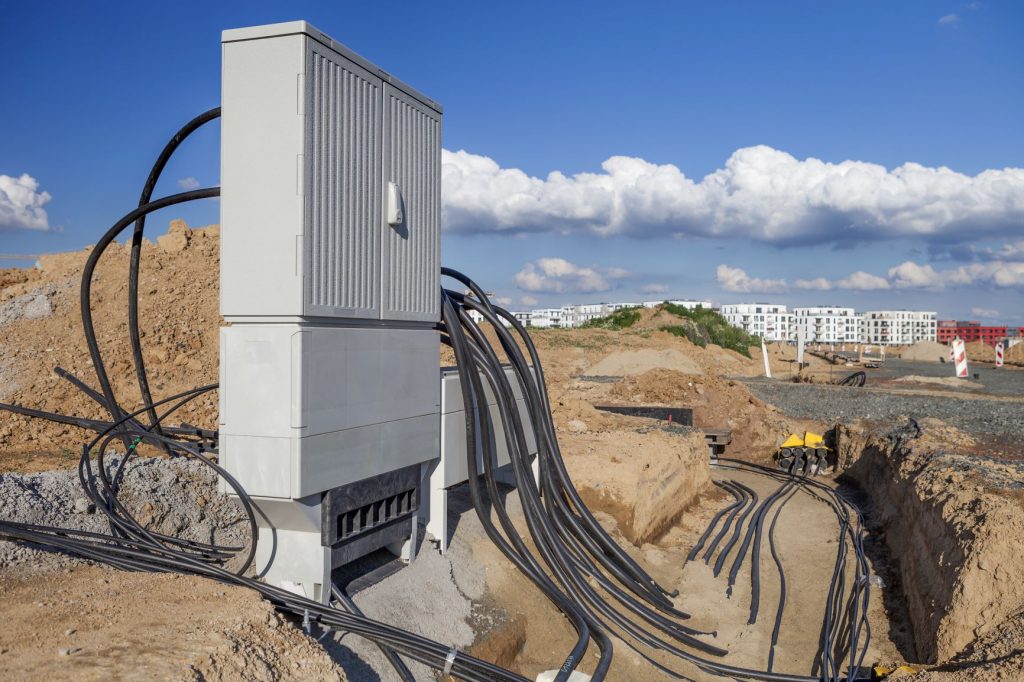What we call “cable” is not always deemed a “cable”. Then, what is the difference?
Nils Jäger | 28. August 2020
Charging cable, USB cable, power cable and cable reel. We have heard all these words before and we use them in everyday life from time to time. In fact these designations are wrong from a technical point of view. Strictly speaking, these are not what is meant by cables.Then what exactly is the difference between these two?

What do we mean by the first type of cable?
I got the simplest explanation from my instructor at that time: “Cables are black and buried in the ground.” In most cases this hits the nail on the head. By definition, cables are not only better protected mechanically, but also against environmental influences. As a rule, they are permanently installed, for example, on the seabed, in the ground or on electric posts. Even if these cables do not move, they can be damaged. By rodents or construction site vehicles such as excavators.
Over time, the term “cable” has also become established in communication and information technology, although this contradicts the understanding of electrical engineering.
Then, what do we mean by the second type of cable?
These cables are encountered by us in many areas of everyday life and they are also used to transmit data and energy. We use this type of cables to charge our cell phone, supply the toaster with energy and connect the game console to the TV. These are often multi-core cables for energy or data transmission. The “extension cable” also technically correctly falls in the second type of cables. But the requirements here are completely different. In most cases, so-called mobile devices are connected to it.

Therefore, these cables usually have flexible stranded wires. But these type of cables are also used for fixed installation, for example, inside buildings. The so-called NYM cables are used here to connect light switches and sockets under plaster. However, these cables do not require any special mechanical protection. Once they are installed, they are protected by masonry and plaster, or an installation pipe.
By the way, the so-called overhead power lines on high-voltage pylons also belong to this category, as their conductors are neither insulated nor jacketed to save weight. The air serves here as an insulator and accidental damage can also be excluded.
Differences between these two cables
In principle, the first type of cable is intended for permanent installation and is much better protected against environmental influences and mechanical damage in this area. Usually they are not visible to us. The second type of cables , on the other hand, are always used above the earth’s surface and are encountered in many versions in everyday life and in industry. Accordingly, cables for the energy chains belong to the second type, even if they have to withstand higher mechanical loads due to their purpose.
Side note: the difference in designations for these two types of cables applies almost exclusively to the German-speaking countries. In English the word “cable” alone is used for all variants and types of cables.
What kind of cable are you looking for? We would be pleased to receive your list of cables in order to offer you the best cable solution at the most cost-effective price by means of the chainflex Price Check. We help them to save costs and/or improve technology. Please visit our Price Check page for more information.

